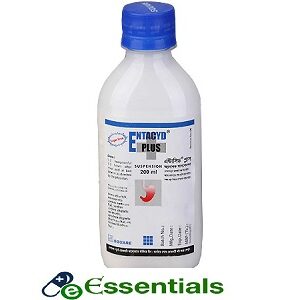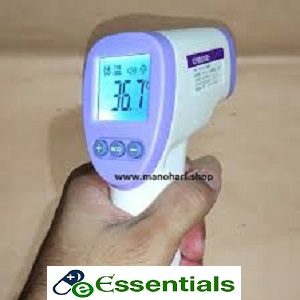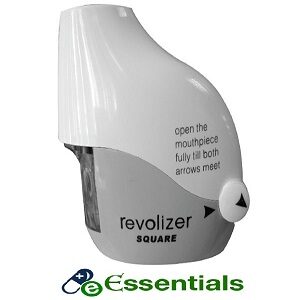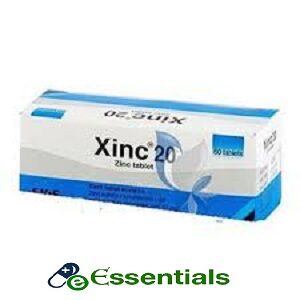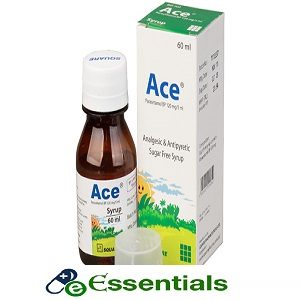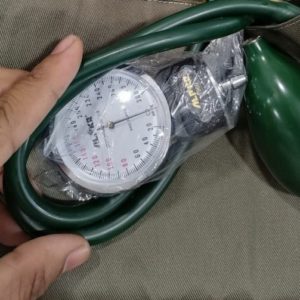Vita-D3 40000 IU Capsule 1pcs
৳ 35.00
Brand : Vita-D3 Casule ( Liquid Filled )
Ingredients : Colecalciferol [Vitamin D3] 40000 IU
Manufacturer : Reneta Limited
Indications
Vitamin D is used to treat and prevent bone disorders (such as rickets, osteomalacia). Vitamin D is made by the body when skin is exposed to sunlight. Sunscreen, protective clothing, limited exposure to sunlight, dark skin, and age may prevent getting enough vitamin D from the sun.
Vitamin D with calcium is used to treat or prevent bone loss (osteoporosis). Vitamin D is also used with other medications to treat low levels of calcium or phosphate caused by certain disorders (such as hypoparathyroidism, pseudohypoparathyroidism, familial hypophosphatemia). It may be used in kidney disease to keep calcium levels normal and allow normal bone growth.
Therapeutic Class
Pharmacology
Dosage & Administration
For film-coated tablet: 1000 IU (1-2 tablets) daily, or as directed by physician. Take the medicine with food or within 1 hour after a meal.
For oroflash or chewable tablets: 1000 IU to 2000 IU daily, or as directed by physician. Take the medicine with food or within 1 hour after a meal. Place the tablet in mouth swallow after chewing.
For Capsule: Adults:
- Treatment of Cholecalciferol deficiency: 40,000 IU/week for 7 weeks, followed by maintenance therapy (1400-2000 IU/day).
- Prevention of Vitamin D deficiency: 20,000 IU/month.
For Capsule: Children:
- Treatment of Vitamin D deficiency: 12-18 years: 20,000 IU, once every 2 weeks for 6 weeks.
- Prevention of Vitamin D deficiency: 12-18 years: 20,000 IU, once every 6 weeks.
For Syrup:
- For patients with risk of Cholecalciferol deficiency: 0-1 yr : 400 IU/ day (2 ml), >1 Yr: 600 lU/ day (3 ml)
- For Cholecalciferol deficient patients: 0-1 yr: 2000 IU/ day (+50000 IU/week ) for 6 weeks, 1 -18 yrs: 2000 IU/ day for 6 weeks.
Injection: Prevention:
- Infants receiving Vitamin D enriched milk: 1/2 ampoule (0.5ml) i.e. 1,00000 I.U. every 6 months.
- Nursed infants or infants not receiving Vitamin D enriched milk or young children up to 5 years of age: 1 ampoule (1ml) i.e. 2,00000 I.U. every 6 months.
- Adolescents: 1 ampoule (1ml) i.e. 2,00000 I.U. every 6 months during winter.
- Pregnancy : 1/2 ampoule (0.5ml) i.e. 1,00000 I.U. from the 6th or 7th month of pregnancy.
- Elderly : 1/2 ampoule (0.5ml) i.e. 1,00000 I.U. every 3 months. Digestive disorders, concomitant treatment with antiepileptics & other particular condition not described above; 1/2 ampoule (0.5ml) i.e. 1,00000 I.U. or 1 ampoule (1ml) i.e. 2,00000 I.U. every 3 or 6 months.
Injection: Vitamin D deficiency:
- 1 ampoule (1ml) i.e. 2,00000 I.U. which can be repeated 1 to 6 months later. Or, as directed by the registered physician.
Interaction
Contraindications
Side Effects
Pregnancy & Lactation
Studies have shown safe use of doses up to 4000 IU during pregnancy. The recommended daily intake for pregnant women is 400 IU, however, in women who are considered to be Cholecalciferol deficient a higher dose may be required. During pregnancy women should follow the advice of their medical practitioner as their requirements may vary depending on the severity of their disease and their response to treatment.
Cholecalciferol and its metabolites are excreted in breast milk. Overdose in infants induced by nursing mothers has not been observed; however, when prescribing additional Cholecalciferol to a breast-fed child the practitioner should consider the dose of any additional Cholecalciferol given to the mother.
Precautions & Warnings
People with the following conditions should exercise caution when considering taking vitamin D supplements: High blood Calcium or Phosphorus level, Heart problems, Kidney disease
Vitamin D must be taken with adequate amounts of both Calcium and Magnesium supplementation. When Calcium level is low (due to insufficient vitamin D and calcium intake), the body activates the parathyroid gland, which produces PTH (parathyroid hormone). This hormone kick starts vitamin D hormone production and assists removal of Calcium from the bones to be used in more important functions such as neutralizing body acidity.
Overdose Effects
Symptoms: anorexia, headache, vomiting, constipation, dystrophy (weakness, loss of weight), sensory disturbances, possibly fever with thirst, polyuria, dehydration, apathy, arrested growth and urinary tract infections. Hypercalcaemia ensues, with metastatic calcification of the renal cortex, myocardium, lungs and pancreas.
Treatment: Immediate gastric lavage or induction of vomiting to prevent further absorption. Liquid paraffin should be administered to promote faecal excretion. Repeated serum calcium determinations are advisable. If elevated calcium levels persist in the serum, phosphates and corticosteroids may be administered and measures instituted to bring about adequate diuresis.
Storage Conditions
Brand
Reneta Limited

Related products
Medical & Health Device
Medical & Health Device
Medical & Health Device
Medical & Health Device




